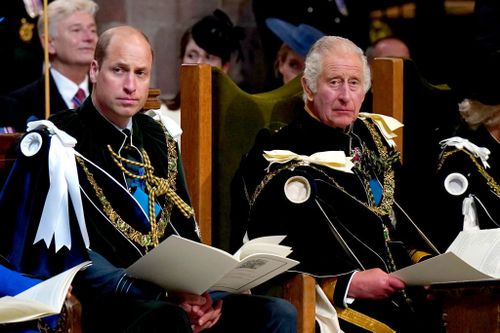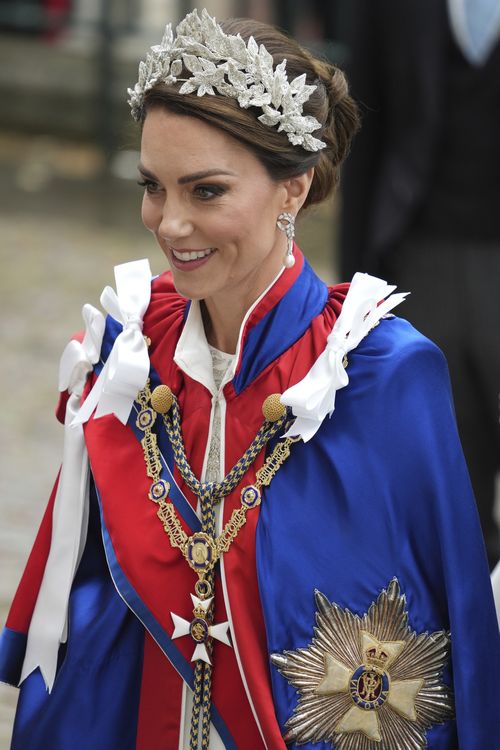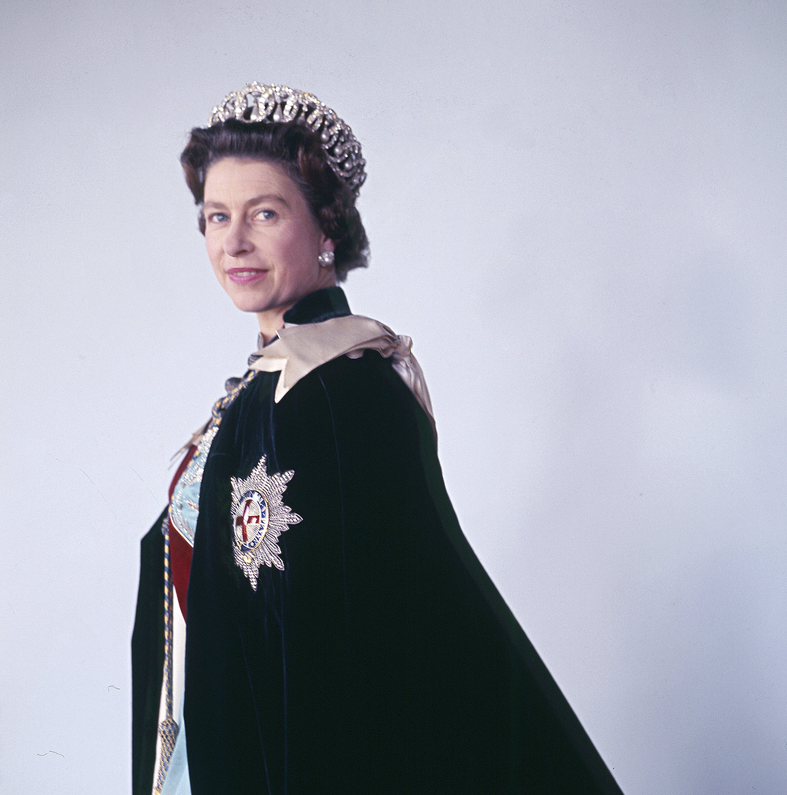King Charles III has paid tribute to Queen Elizabeth II’s “devoted service” on the first anniversary of her death.
King Charles wrote and recorded the poignant message at Balmoral Castle, the residence where the Queen died on September 8, 2023, at the age of 96.
“In marking the first anniversary of Her Late Majesty’s death and my accession, we recall with great affection her long life, devoted service and all she meant to so many of us,” he wrote.
“I am deeply grateful, too, for the love and support that has been shown to my wife and myself during this year as we do our utmost to be of service to you all.”
An unseen photograph of the late monarch was also released. The image was captured at Buckingham Palace on October 16, 1968.
harles became sovereign on September 8, 2022, the day Elizabeth died after more than 70 years on the throne.
The following day, the new king telegraphed much of what has happened since in a speech that paid homage to the way his mother honoured the history of a 1000-year-old monarchy while embracing the changes that transformed Britain after World War II.
“In her life of service, we saw that abiding love of tradition, together with that fearless embrace of progress, which makes us great as a nation,” Charles said as he pledged to serve all his people, no matter where they live or what they believe.
Known for speaking his mind during his decades as heir to the throne, Charles also acknowledged that he would have to tone down his support for causes such as conservation and environmental protection.
But he immediately handed that mantle to Prince William, encouraging him to “lead our national conversation” and help “bring the marginal to the centre ground, where vital help can be given”.

Charles joined the nation in mourning the late queen at a state funeral that celebrated the life of the only monarch most people had ever known.
After the queen’s piper played one final lament, the Westminster Abbey congregation offered a thunderous rendition of the national anthem — though for the first time in seven decades the first line was, “God save our gracious king.”
During the coronation ceremony in May, Charles again balanced the traditions of monarchy against the pressure for change.

As Charles sat in the 700-year-old coronation chair at Westminster Abbey, the Archbishop of Canterbury placed a jewel-encrusted crown on his head.
Then he was enclosed behind a screen where he was anointed with holy oil.
But the monarch also made sure there was a role for other religions, with non-Christian faith leaders taking part in the ceremony for the first time.
And while the TV cameras focused on presidents and prime ministers, lords, ladies and royals as they trooped into the abbey, the audience also included dozens of people invited in honour of the work they do for charities, schools and youth programs around the country.

More challenges are to come
The perception of the monarchy itself has changed since Elizabeth took the throne, making it harder for the palace to stick to its mantra of “never explain, never complain” as the media demand more information about royal spending and accountability.
Charles is also facing demands to make the palace staff more representative of modern Britain and to acknowledge the monarchy’s role in slavery and imperialism.
Some of those calls come from within the royal family after Prince Harry, and his wife, Meghan, criticised the palace in a book and TV series released earlier this year. But there is also pressure from republican groups that want to get rid of the hereditary monarchy and some of the 14 Commonwealth realms that bridle at the idea of having an English king as their head of state.



